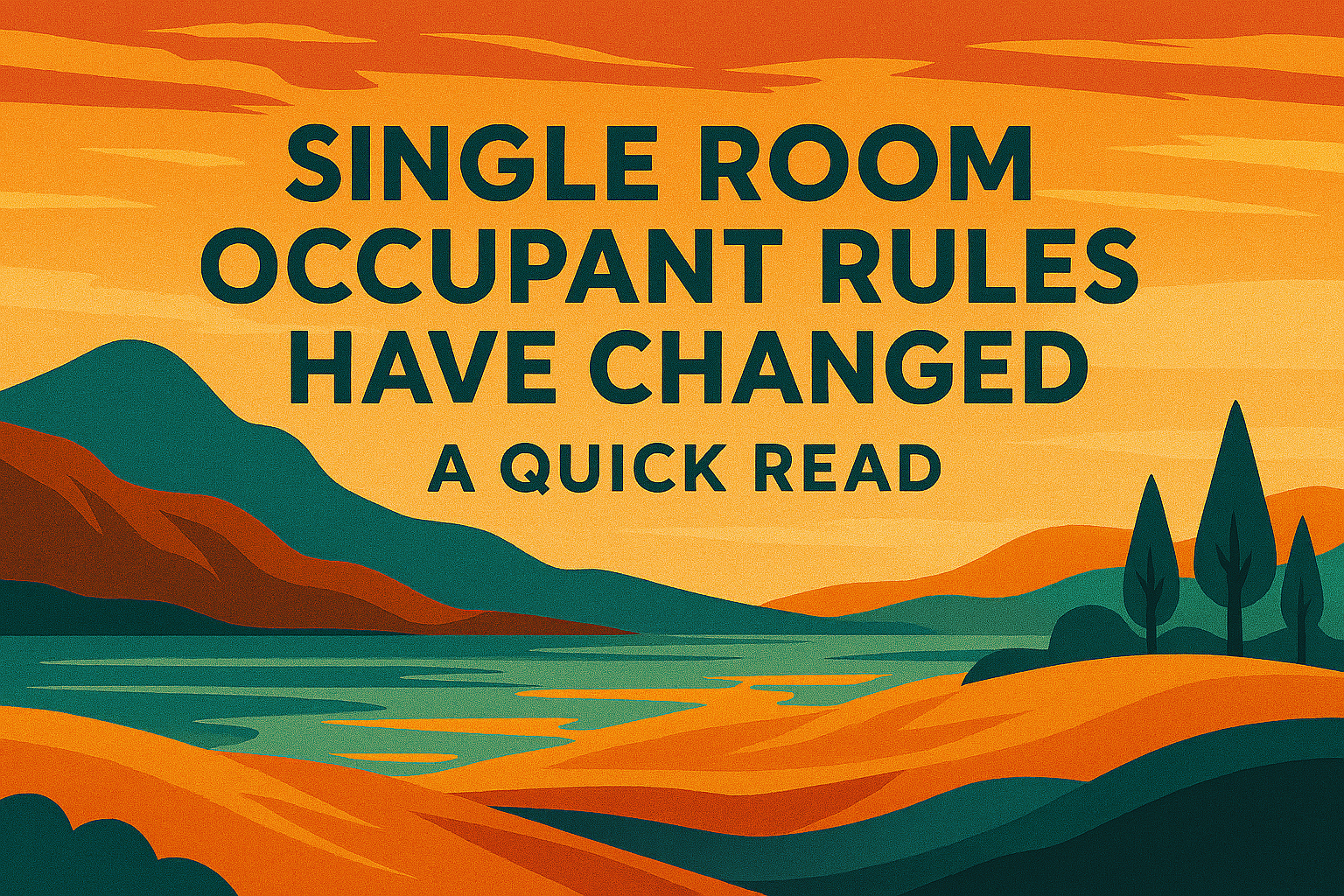Key Provisions
· Replacement Housing Requirements
o Projects that demolish protected units or SRO buildings must replace all existing units and those demolished after 1 January 2020.
o Replacement units count toward state and local affordability requirements for income levels ranging from moderate to acutely low-income households.
· Flexibility for SRO Rehabilitation
o Cities and counties may reduce the number of required replacement units if:
§ Conversion adds private bathrooms, kitchens, or accessibility features.
§ Upgrades address health, safety, or code compliance issues.
§ Converted units remain affordable for at least 55 years.
· Tenant Protections
o Six-month advance notice before demolition.
o Relocation benefits for lower-income tenants.
o Right of first refusal for a comparable affordable unit.
o Certain displaced SRO tenants are exempt from coordinated-entry referrals, easing transition into supportive housing.
· Affordability Standards
o Converted units must offer rents at or below the previous affordability level unless restricted by funding sources.
o Applies to households classified as lower income, very low income, extremely low income, or acutely low income.
Legislative Intent
SB-21 aims to:
- Preserve affordable housing stock while enabling modernization of aging SRO buildings.
- Enhance living conditions by incorporating essential amenities such as private bathrooms and kitchens.
- Support nonprofit housing providers struggling with the financial viability of older SRO properties.
Economic Implications
SB-21 introduces both opportunities and challenges for California’s housing market:
· Cost Pressures on Developers and Nonprofits
o Mandatory replacement of demolished units and affordability restrictions for 55 years increase capital requirements for redevelopment projects.
o Nonprofit housing providers may face financing gaps, as conversions often require substantial upgrades (private bathrooms, kitchens, accessibility features) without corresponding revenue increases.
· Impact on Urban Land Values
o By allowing flexibility in unit counts during SRO conversions, SB-21 could make redevelopment more attractive, potentially stabilizing property values in older urban corridors.
o However, affordability mandates may limit speculative gains, keeping land prices in check compared to market-rate projects.
· Public Funding and Subsidy Demand
o Compliance with SB-21 will likely drive higher demand for state and federal subsidies, tax credits, and low-interest loans to offset affordability requirements.
o Local governments may need to allocate additional resources for monitoring and enforcement, adding administrative costs.
· Long-Term Market Effects
o Modernized SRO units could reduce maintenance liabilities and improve tenant retention, lowering operating costs over time.
o The Law may encourage mixed-financing models (public-private partnerships) as developers seek to balance regulatory compliance with profitability.
· Economic Equity
o SB-21 aims to preserve housing for extremely low-income households, which indirectly supports labor market stability by reducing the displacement of workers in service and gig sectors.
This could have a positive ripple effect on local economies, as housing security is correlated with consumer spending and workforce reliability.
Impact
- Housing Stability: Helps prevent displacement of vulnerable populations by guaranteeing replacement housing and relocation support.
- Urban Revitalization: Encourages redevelopment of deteriorating SRO buildings without sacrificing affordability.
- Policy Innovation: Introduces nuanced flexibility—balancing housing preservation with modernization needs.
Criticism and Challenges
- Implementation Complexity: Local jurisdictions must verify compliance with affordability and timeline requirements.
- Funding Constraints: Affordability mandates may conflict with limitations tied to federal or state funding sources.
- Monitoring: Ensuring converted units remain affordable for 55 years requires robust oversight and management.
Conclusion
California SB-21 reflects a pragmatic approach to the housing crisis—acknowledging the importance of SRO units while adapting regulations to allow upgrades and conversions. By combining tenant protections, affordability guarantees, and redevelopment flexibility, the Law seeks to maintain housing security for the state’s most vulnerable residents while revitalizing urban housing infrastructure.
